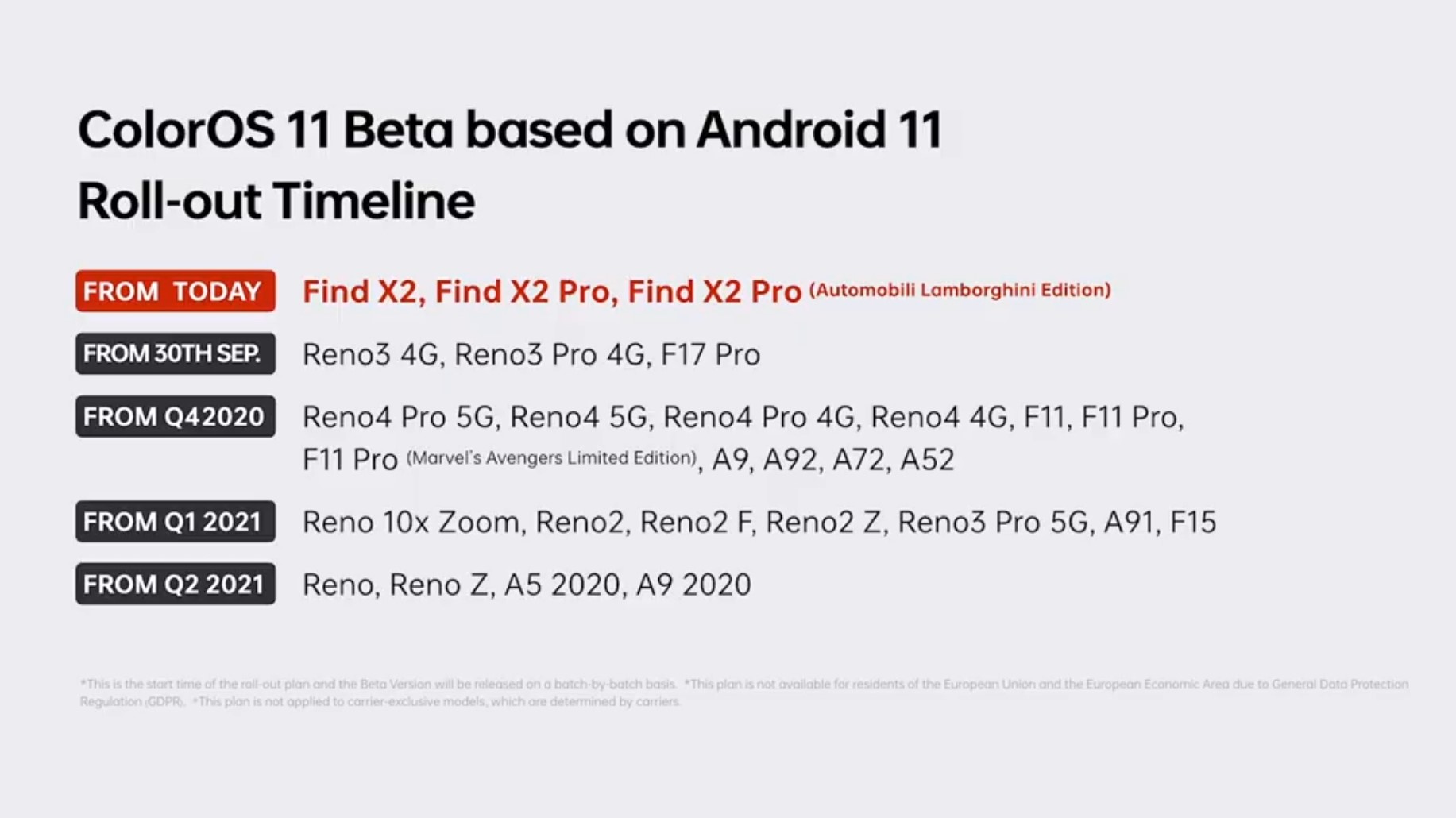Oppo unveils Color OS 11 based on Android 11 globally
All about customizations

Last week, Google finally made Android 11 officially available on smartphones, with Pixels getting the upgrade already. Soon after, Android OEMs joined the fray with beta offerings of their own. Starting today, Color OS 11 will be available for certain Oppo phones in open beta. Here’s everything new it brings to the table.
Oppo unveiled the Color OS 11 globally, directly jumping from Color OS 7 which was based on Android 10. The company states that this was done to have parity with Google so that users would know which version of Android they are currently on. This was also the fastest Android upgrade from Oppo to date, beating last year’s 83 days with a hefty margin. With over 370 million Color OS users across the world, the company targets covering more than 28 models in its beta program.
Color OS 11 release date
Starting today(September 14), the Oppo Find X2 series will be eligible for the Color OS 11 beta upgrade. They will be quickly joined by the Oppo Reno 3 series and the F17 Pro on September 20. Post that, the Reno 4 family and the F11 series will receive the update, with other current models getting it in the following months. The official version is said to follow in the coming weeks.
The rollout will happen in a batch basis, so it may take a few days for your phone to receive it. Users in Europe will not be able to register for the beta program due to GDPR compliance. Similarly, carrier-exclusive models could also take longer than the stipulated timelines to receive the update.
Color OS 11 features
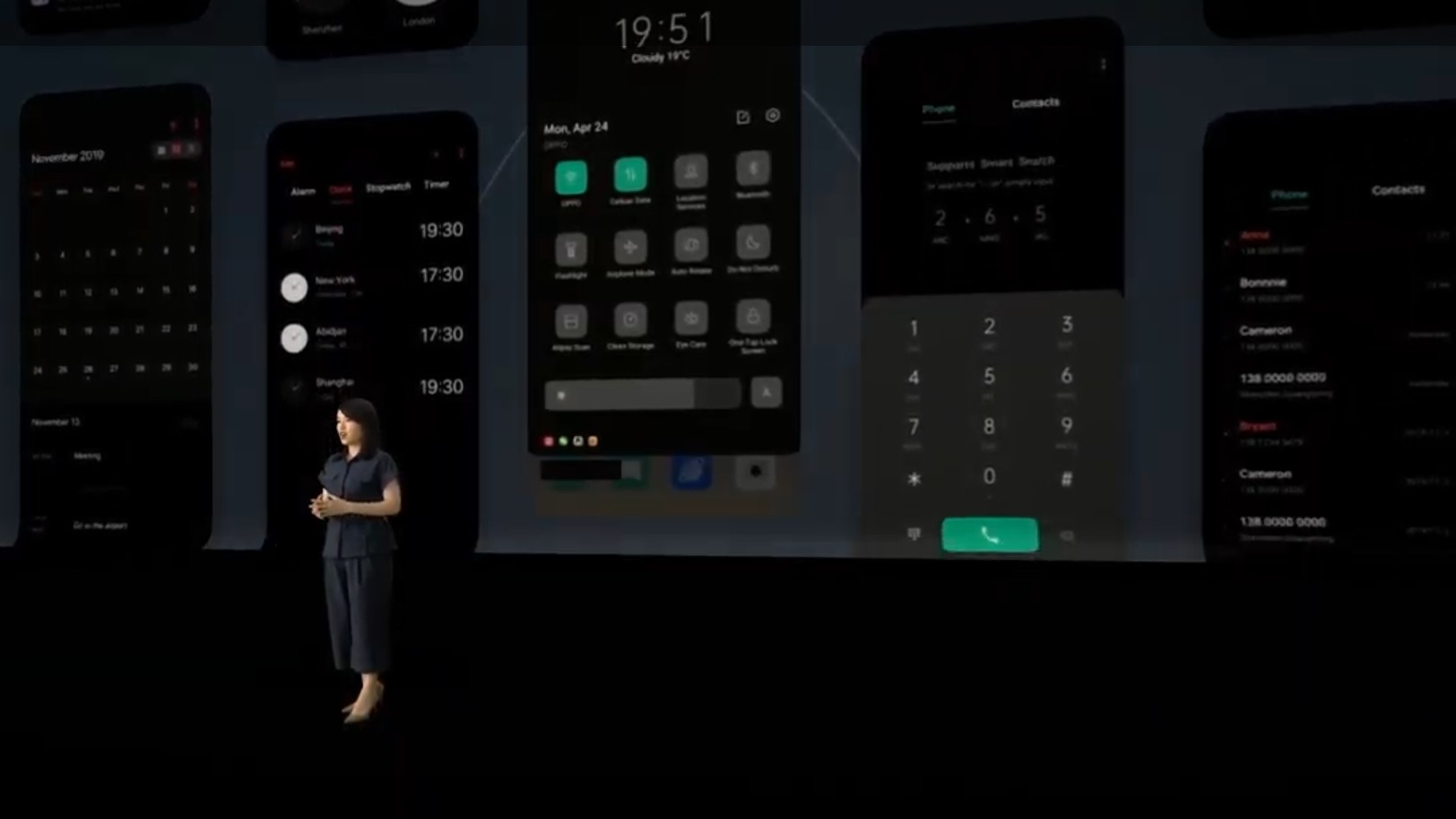
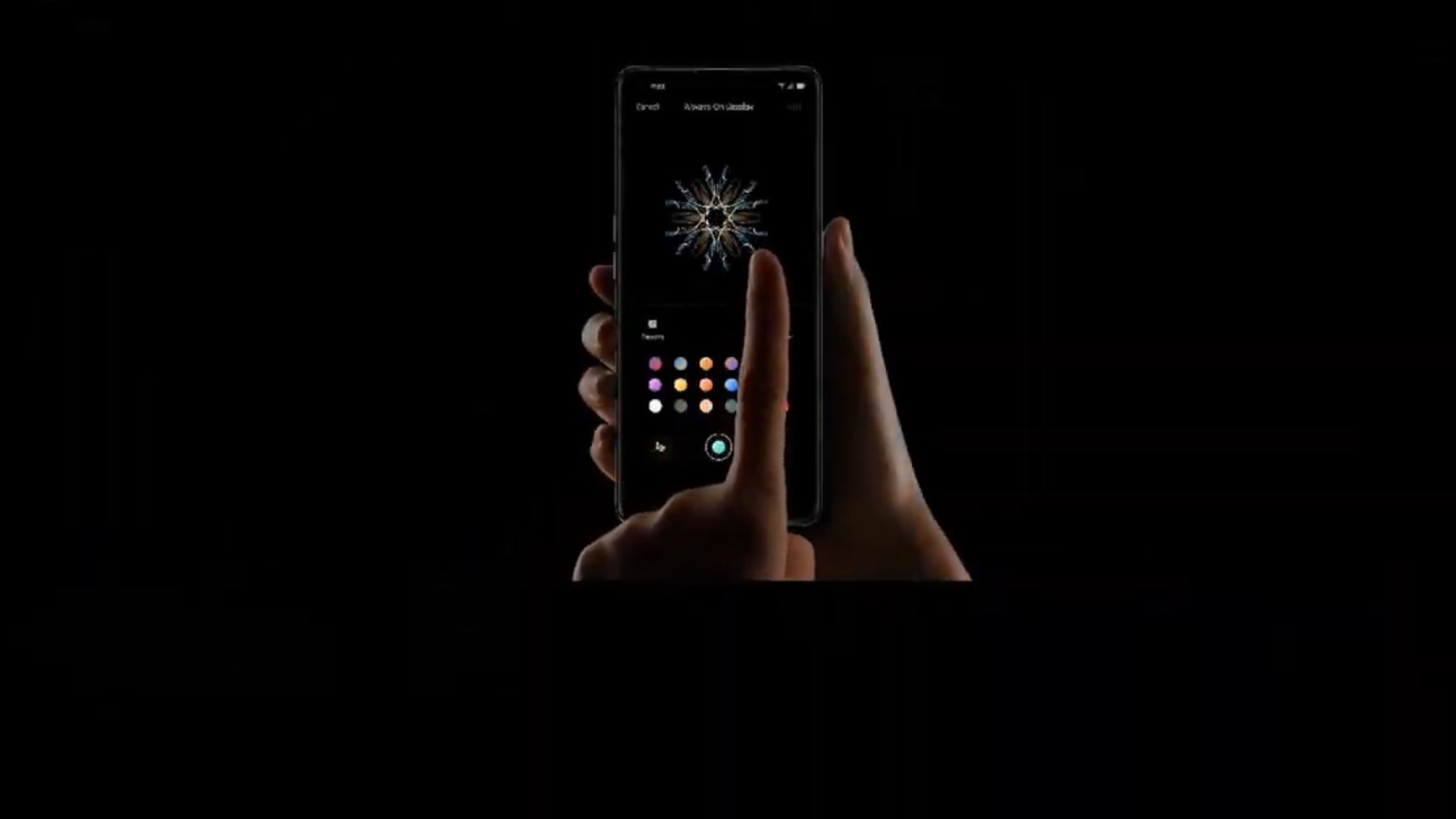
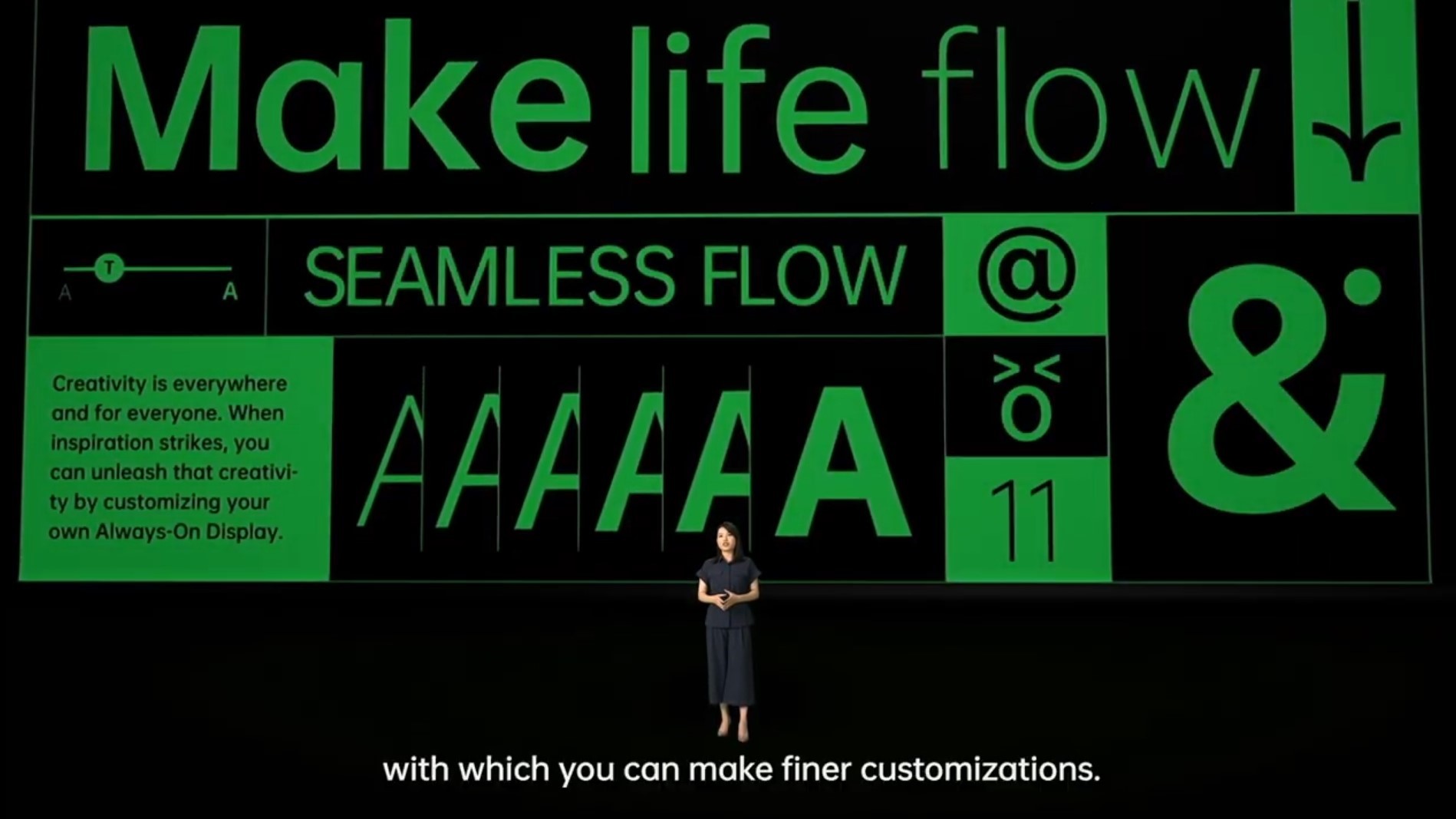

Color OS 11 is all about customization, letting users personalize every aspect of the interface. For instance, the Always-on Display art can now be set to a quote, image or design, each of which can be fully customized or even hand-drawn. A new ‘Oppo Sans’ font has also been added whose size, thickness and weight can be toggled. It is an open-to-use font, so anyone can use it for commercial purposes as well. Dark mode, which has become a fan favourite, now also gets three colours to choose from instead of the usual white: Pitch Dark, Blue Dark and Grey Dark. On the same lines, widgets, the wallpaper, icons and even the ringtones can be customized.

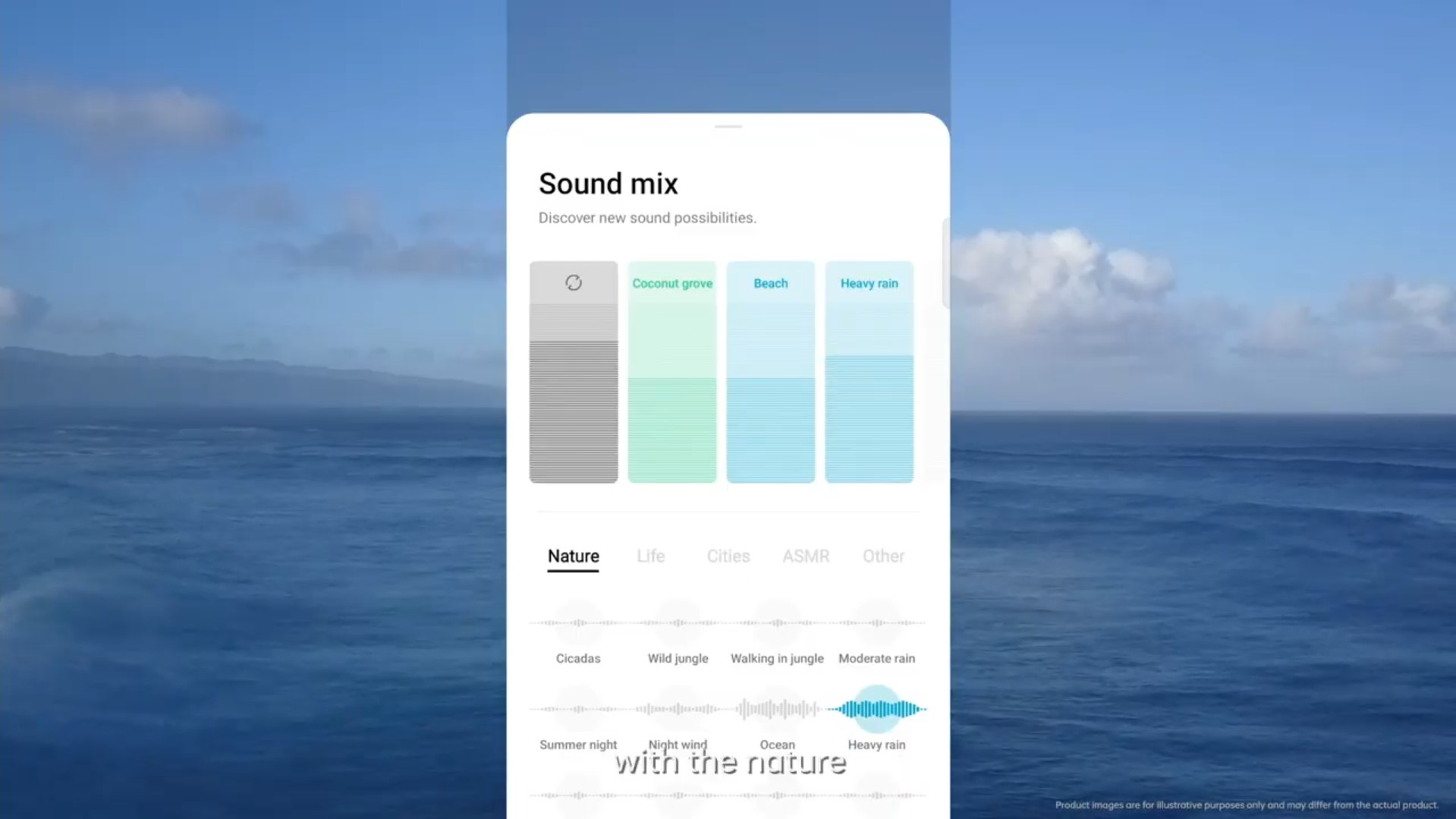
Oppo Relax 2.0 improves the mindfulness tools via relaxing sounds such as the ocean, breeze, forest, etc. These tracks can also be customized and remixed according to your preferences. Color OS has partnered with Musicity to also launch “Sound of the cities”. As the name suggests, it allows users to experience what a city would sound like on a typical day.
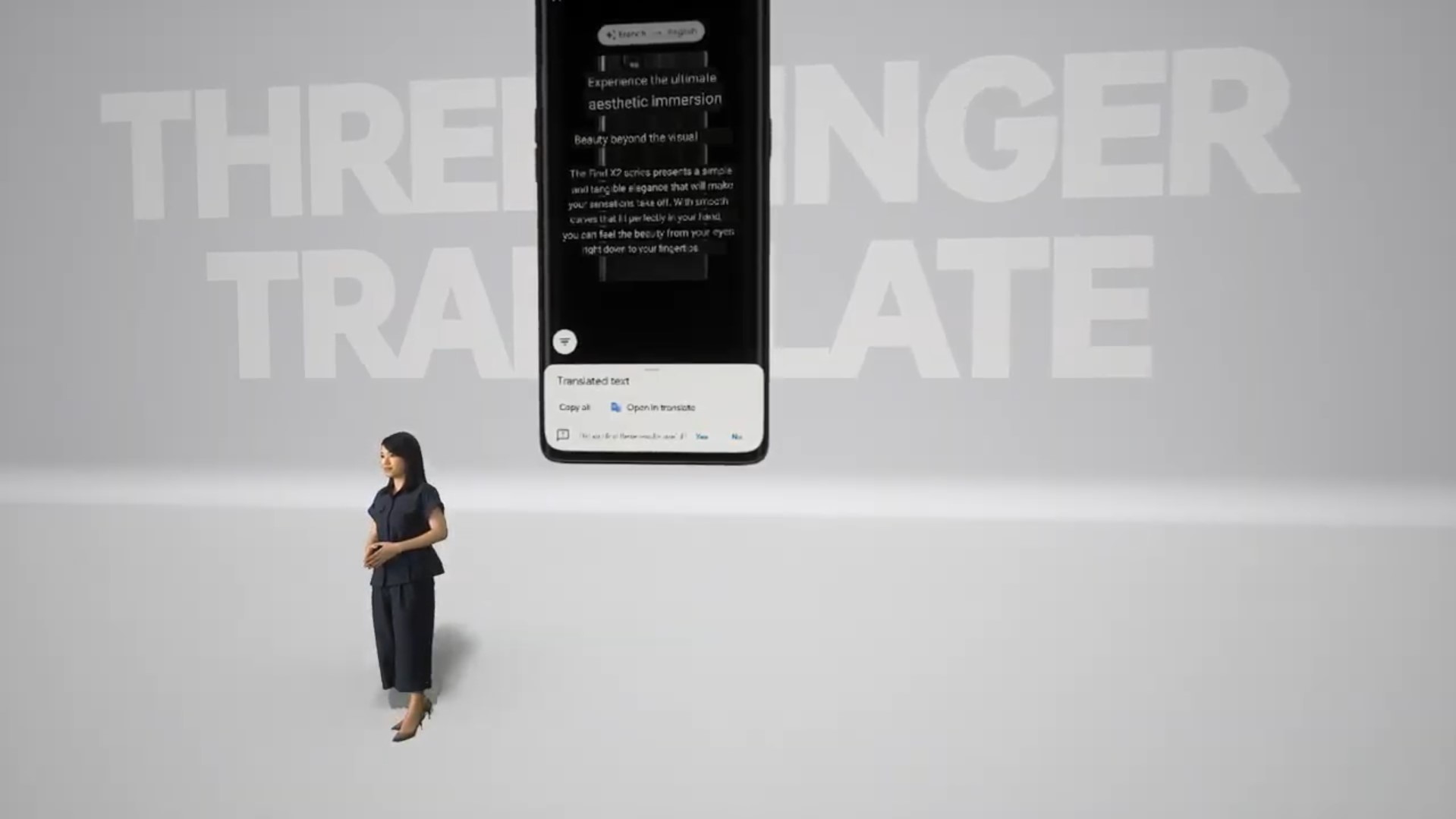
On the productivity front, Flexdrop functionality has been added to intuitively multi-task between apps via floating windows and split-screen options. Eventually, it will also have the ability to drag and drop media files between apps. A new exclusive feature is the ability to translate text using Google Lens via a simple three-finger swipe. Android’s new Nearby Share functionality will also be supported natively in Color OS 11.
Sign up for breaking news, reviews, opinion, top tech deals, and more.
Optimizations have also been made on the battery front. A new Super power-saving mode can last for up to 12 hours on standby at just 5% juice. This can also be used for 1.5 hours of texting or an hour of calls. Low Battery Message will be an India-exclusive feature that provides option to share a user’s location with select contacts when their phone is about to run out of battery. Battery Guard will regulate overnight charging speeds to avoid overcharging while ensuring that it is completely topped up when you wake up.

Last but not least, Color OS 11 also adds privacy-centric features. A new Scoped storage system ensures that apps do not get access to any other information. Secondly, a new Private System will be added which will act as an entire second instance of the OS (think: Guest account) which can only be accessed with the correct password.
Next week, when Realme UI 2.0 is announced, we expect some of these features to be carried forward.

Aakash is the engine that keeps TechRadar India running, using his experience and ideas to help consumers get to the right products via reviews, buying guides and explainers. Apart from phones, computers and cameras, he is obsessed with electric vehicles.
